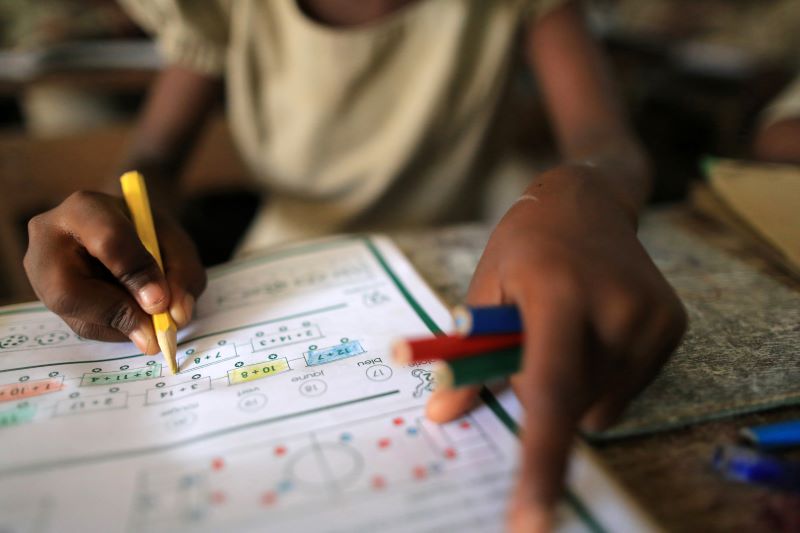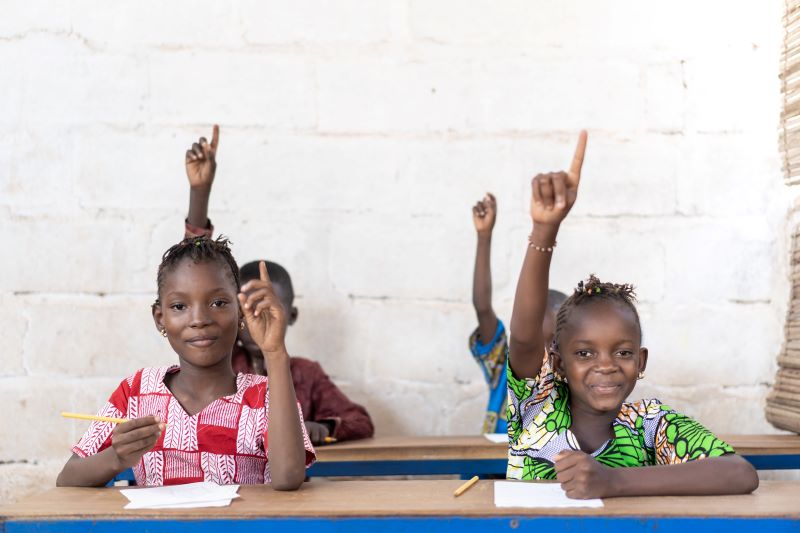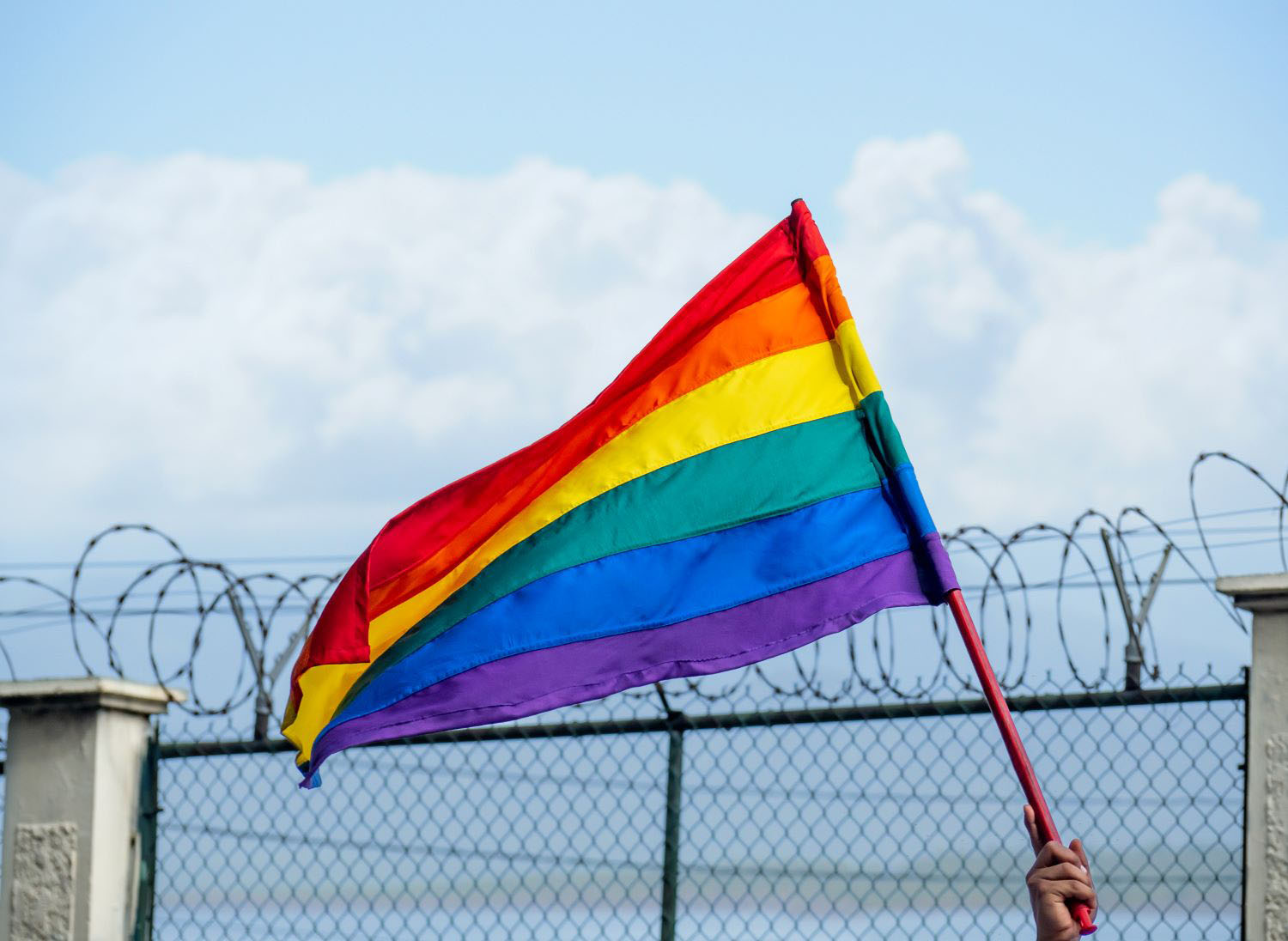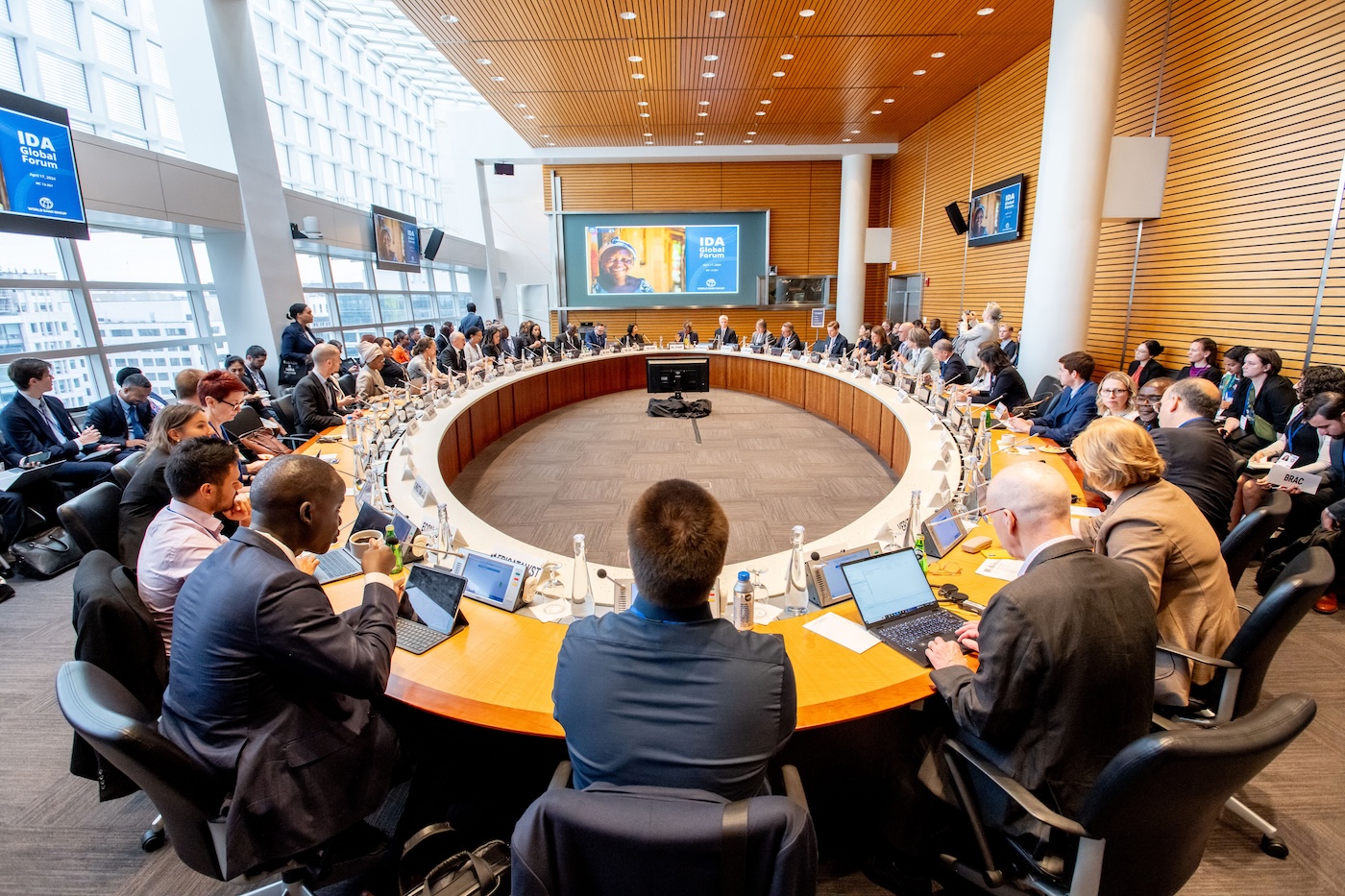Recommended
One of the single biggest challenges in achieving educational reform is aligning all the different actors towards the goals of the reform. Girls’ education is no exception. Rwanda has achieved considerable gains in girls’ education in recent years through exactly such an alignment, with girls now outnumbering boys in primary and secondary school—which is unusual in a low-income country—and outperforming boys in primary leaving exams.
A takeaway from our report earlier this year on “Girls’ Education and Women’s Equality: How to Get More out of the World’s Most Promising Investment” is that politics plays a central role in determining when, where, and how meaningful progress toward gender equity in education and beyond is possible. In a case study for the report, Timothy Williams—a longtime researcher of Rwanda’s education system—argues that progress in girls’ education has been characterized by a “strikingly more coherent policy narrative” compared with other areas of education reform in Rwanda, such as its well-known efforts to expand basic education and its repeated changes to the language of instruction. In a compelling analysis of what made the reform process related to girls’ education unique, Williams lays out how a wide coalition of actors—both in and beyond the education sector—worked together to achieve sustained incremental progress through deliberately sequenced efforts designed to both build on and align with national strategies and planning.
These actors extend far beyond the education sector and include the president and the ruling party (the Rwandan Patriotic Front), which has emphasized “gender equality as a foundational part of a peaceful and unified society” (and, as some have argued, potentially a way of expanding political support); the first lady with her foundation, which has boosted awareness on the benefits of girls’ education and offered merit-based awards and scholarships; several government ministries (education, local government, finance and economic planning, and gender and family promotion); women-led civil society organizations like the Rwanda chapter of the Pan-Africa Forum for African Women Educationalists; and international frameworks (like the Millennium and Sustainable Development Goals) and other efforts by donors and other international organizations to “finance the government’s push toward gender equity and universal access.”
This overarching commitment to girls’ education enabled gender equity to become a consistent priority across policies and plans, regardless of whether they were specific to girls. Many of the policies that have paved the way for advances in girls’ education are not targeted explicitly to girls, while others are targeted or are gender informed, thus drawing on the full menu of tools to achieve gender equity in education. From the new constitution in 2003 that introduced six years of fee-free, compulsory primary school and an education sector policy the same year that included a focus on the elimination of gender disparities, to a 2008 girls’ education policy (revised in 2021), to a 2010 gender policy (beyond just education), this series of policies has both repeatedly renewed focus on the elimination of gender disparities and allowed incremental improvements over time.
There is certainly more to be done: among the poorest children in urban areas, girls still lag behind in secondary enrollment—consistent with other evidence from low-income countries that the poorest girls still fall behind in enrollment and in learning outcomes. And, as many girls surge ahead, making sure that boys don’t get left behind in the quest to access education and to learn will be crucial. Additionally, maintaining progress and coherence will require consistent commitments over time, including from top policymakers. The education sector as a whole struggles with relatively rapid turnover of Ministers of Education (14 ministers in 28 years).
What has worked for girls’ education in Rwanda—with its particular history and political structure—won’t work everywhere. But building and sustaining a broad coalition able to pursue consistent policy actions across sectors to eliminate gender disparities in education and in society are strategies that apply everywhere.
For much greater detail—including detailed lessons—from the Rwanda experience, read Williams’ full case study. For other examples of the broader societal alignments needed both to achieve gains in girls’ education and to make sure those gains pay off, read our report on “Girls’ Education and Women’s Equality.”
Author order on this blog post was assigned randomly.
Disclaimer
CGD blog posts reflect the views of the authors, drawing on prior research and experience in their areas of expertise. CGD is a nonpartisan, independent organization and does not take institutional positions.







